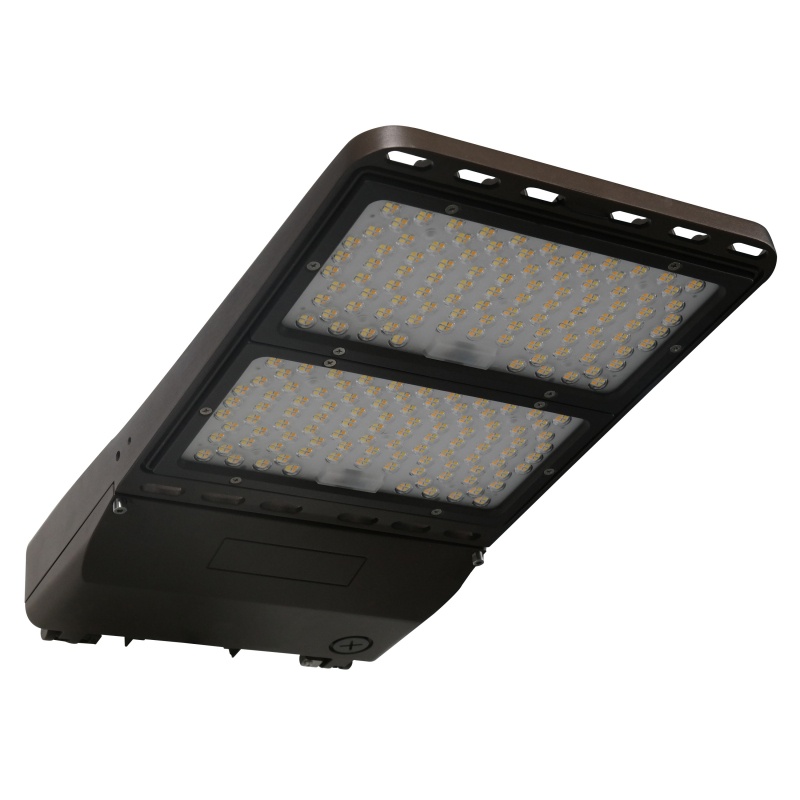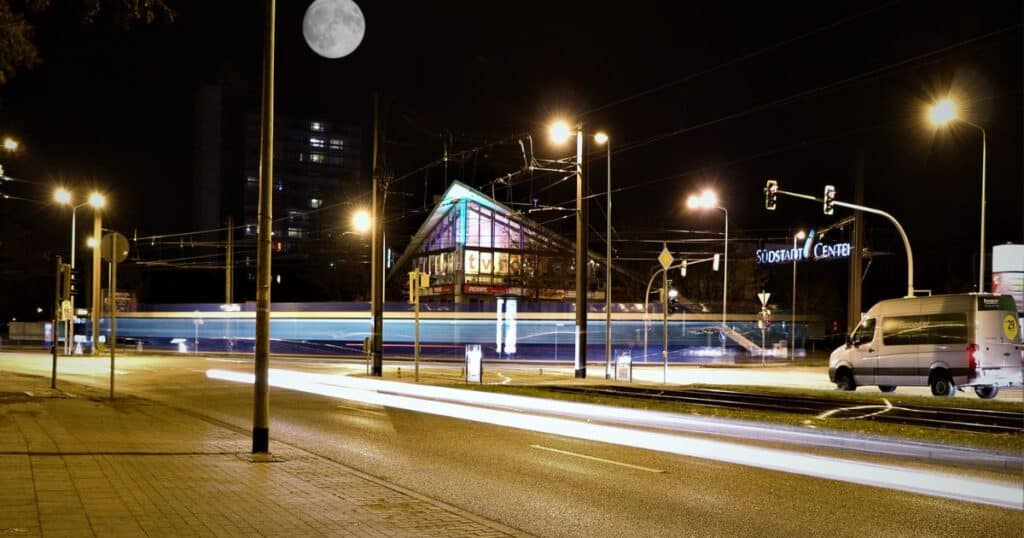Enviromental News, Environment, Safety, Health, LED Property Lighting
Streetlight Installation, Past and Present. Safety and Inclusion
In cities and urban areas, streetlight installation is considered essential for illuminating roadways, parking areas, and sidewalks. Traffic engineers understand that streetlighting or area lighting enhances community safety, but its installation has not always been equally applied. The importance of professionally planned streetlight installation that includes distribution, and maintenance extends beyond area illumination. It also applies to encouraging equality, improving community livability, and even correcting historical injustices.
The Evolution of Streetlight Installation
In decades past outdoor street light placement was determined by several engineering factors but also included the discriminatory practice of redlining. This federal government Home Owners’ Loan Corporation practice began in 1934 as a program that denied or limited “financial services, such as loans, insurance, or access to housing, to certain individuals or communities based on their racial or ethnic background.” 1

Redlining determined the amount of money invested in a community. Investment disparities resulted in a fewer number of streetlight installations in poorer communities versus wealthier communities. Sadly, the infrastructure layout from years ago is present today in many locations. Prioritizing safety, building transportation alternatives, and deploying quality pedestrian-scale streetlighting is needed to correct this disparity.
Area lights are often taken for granted and the significant role they play in shaping the behavior of our communities. However, old equipment and installation strategies hinder their effectiveness in meeting the needs of modern communities. As behaviors shift and priorities change, professionally installed streetlights need to align with contemporary values and challenges.
Maximizing the Potential of Area Lighting Assets
Effective streetlight installation begins with a detailed map of existing area light placement. Many cities lack this fundamental knowledge hindering efforts to improve community lighting infrastructure. By making detailed assessments and adopting technologies such as LED, authorities can unlock the full potential of installing streetlights, improving safety, and encouraging equality.
“However, small flaws in design can lead to significant consequences, including light trespass, sky glow, negative contrast for pedestrian crossings, ecological impacts, glare, and the feeling of being surveilled.” 2
Why Properly Installed Area Lighting Matters
Achieving equality in streetlighting goes beyond uniform distribution. It requires a detailed approach that addresses a community’s needs. The importance ranges from reducing light pollution and glare, community members safety, and encouraging environmental sustainability best practices.
The Role of Modernization

Many cities around the United States are installing led streetlights. Solar street lights in some cases. In recent years, LED conversions have presented an opportunity to improve street lighting on a large scale. Area lighting installed using best engineering practices is not just about illumination, they are symbols of equality and progress. Furthermore, employing fair installation strategies, cities and urban areas can light streets to be better illuminated and provide a more inclusive future for all residents.
EcoCentricNow Advocates for Properly Installed Streetlights
EcoCentricNow LLC (ECN) distributes interior and exterior LED property lighting, handheld lighting and an assortment of batteries from Duracell, Energizer, Fuji and GP. Markets supported include property management, recreation, safety-emergency preparedness, and STEM education. ECN’s mission is to promote environmental stewardship by distributing well designed, long lasting, energy efficient LED lighting products and supplies that foster ecological sustainability and human wellbeing.
References:
- 1& 2, Original article: INDUSTRY INSIGHTS | Cities can help reverse redlining effects by deploying quality streetlighting | LEDs Magazine
- Original article: Redlining | Federal Reserve History

